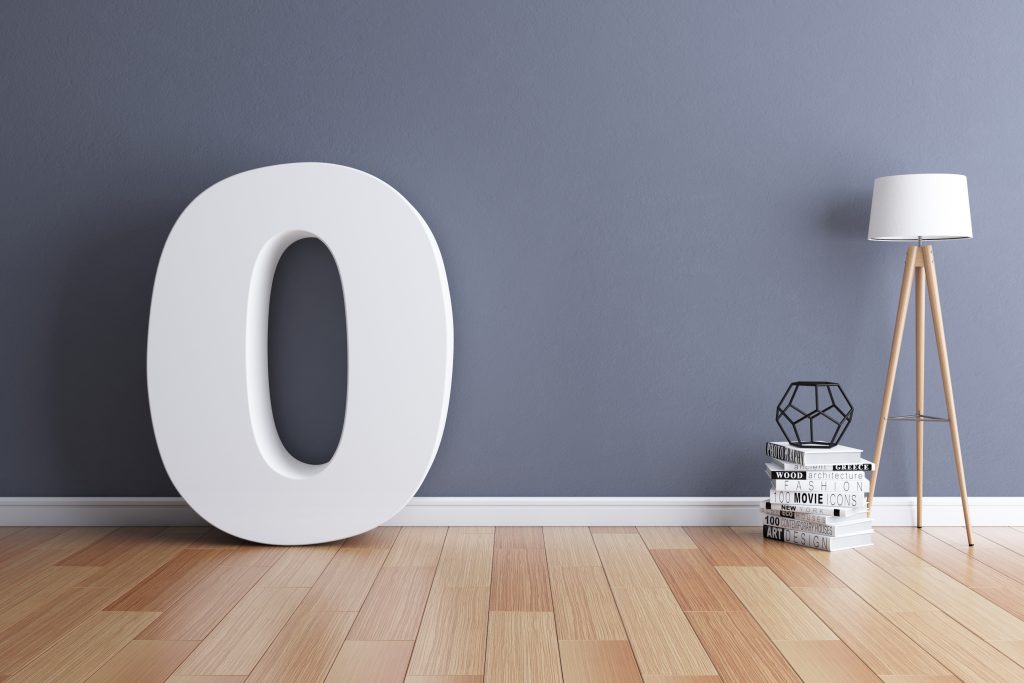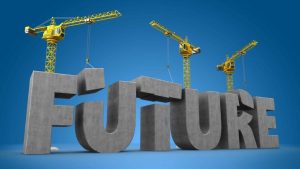A Zero Energy Ready Home is an Investment that Provides Big Returns


If you can afford a new home, then you can afford a zero energy ready home. There are simple, low cost, steps you can take to significantly reduce your energy use on the path to zero net energy use. The technology exists, coupled with good design, to reduce the energy footprint of your new home. A zero energy home is not just a “green home” or a home with solar panels. A zero energy home combines advanced design and superior building systems with energy efficiency and on-site solar panels to produce a better home. Zero energy homes are ultra-comfortable, healthy, quiet, sustainable homes that are affordable to live in.
The Initial Investment
First, there is probably confusion between two terms that sound the same but are different – Zero Energy Ready versus Net Zero (Zero Energy Home). The U.S. Department of Energy (DOE) defines a zero energy ready home as “a high performance home which is so energy efficient, that a renewable energy system can offset all or most of its annual energy consumption.” Zero energy ready is the last step in the path to a zero energy home.
A Zero Energy Ready home currently costs about 6-15% more to build than a “regular” home. The additional investment is in areas such as the thermal envelope (walls, windows, etc.), heating and cooling systems, and appliances/electrical items. In addition to the use of specific items and materials, the proper installation of these items is imperative to their performance. Modular construction offers a great starting point for a zero energy ready home. Materials can be purchased installed methodically and correctly in an indoor climate controlled environment. This is especially true for the thermal envelope where care must be taken to ensure proper alignment and consistent sealing of the homes exterior.
The Monthly Return

The monthly payback that comes from owning a zero energy ready/zero energy home comes from the reduced or non-existent power bill. For example, let’s assume that you add zero energy ready features to your new home that increase its cost by $13,000. However, most buyers don’t pay cash for their home. They have a home mortgage. At today’s sub-4% interest rates that means you will pay about $50 more per month on your mortgage. But, the reduction or elimination of your power bill means you will avoid energy costs of $100 – 200 per month. Assume the mid-point of savings is $150/month. So, if I made a deal with you that said for every $50 you give me I will give you $150 back each month you wouldn’t hesitate! In fact you would be crazy not to take that offer. You are tripling your money every month. That is how zero energy ready math works!
Net Zero Energy homes cost less to own. In some cases, the cost to go from Zero Energy Ready to Zero Energy will mean a larger up-front investment for the materials and labor creating a financial challenge. Luckily there are many utilities and agencies, in addition to the federal government, that offer financial incentives. For example, any U.S. taxpayer is eligible for a 30% Residential Renewable Energy Tax Credit. This covers photovoltaic (solar electric) systems as well as solar thermal (hot water) systems.
Each state or locality may or may not offer additional incentives. There may be income tax credits, low-interest loans, utility rebates, and other incentives, depending on where you live. You can find out more by accessing the Database of State Incentives for Renewables & Efficiency website. Just enter your ZIP code or click on the map to see what other incentives are available in your area. Always be sure to contact the organization and confirm all the information about the incentive. Incentives can change over time and have varying expiration dates. In some cases, the incentives go directly to the homebuilder, and in other cases, the incentives go to the homebuyer.
The Final Payback
The final payback should come when you sell your home. However, it depends on educating both the Real Estate Agents and prospective home buyers on another tenet of zero energy ready math. That is the future value of money principle. A dollar today is worth more than a dollar in the future. (It’s equivalent to taking the cash payout for the lottery today versus taking the full amount in payments over 20 years.)
RELATED: Building Science for Dummies
Let’s say you want to sell your Zero Energy Ready home for $250,000. Let’s assume it is worth that, but remember, it has power bills that are $150 lower per month than any comparable home in the area. That is worth something, too. A home with little or no energy bills should sell for more than a neighboring house with a regular power bill. The power bill savings has value that you should get back in your sales price. Assuming an acceptable payback period of 7 years then you are saving the buyer of your home $12,600 in power bills over that period. So, you could expect that they should pay you that amount discounted or at least $5,000 more, or $255,000 for your home.
The Efficiency of Modular Construction
The Department of Energy illustrates how each of the key components that make up a Zero Energy Ready Home has a compelling value for home buyers:
- Optimized Thermal Protection meets and exceeds the next generation code making each home Future Ready;
- Whole-House Water Protection effectively manages potential leak and mold problems making each home Moisture Ready;
- High-Performance Heating and Cooling ensure both energy efficient equipment and professional installation making each home Comfort Ready;
- High-Efficiency Components typically come with improved performance, quality, and durability making each home Tech Ready;
- Comprehensive Indoor Air Quality includes all the requirements of the U.S. Environmental Protection Agency Indoor airPLUS program making each home Health Ready; and
- Solar Ready Construction minimizes the cost and disruption of adding solar in the future making each home Zero Ready.
Modular construction is the great enabler for Zero Energy Ready home construction. How a home is constructed is just as important as the materials used to construct it. The lack of skilled labor, the cost of materials, and the timeframe to build a home are challenges that are making quality new home construction difficult today. Because modular construction concentrates the manufacturing of many homes in one location it means that processes can be applied consistently. Modular construction is a building system. By using a consistent system to build your home, details that are often overlooked in traditional construction are managed and done properly in a factory environment. Building a home to a high performance standard is practically a by-product of building indoors using modular construction.
The post A Zero Energy Ready Home is an Investment that Provides Big Returns appeared first on Impresa Modular.




